9.1 Coordinate regional approaches to identify, prioritize, and implement projects to address impaired waters
Continued water quality declines in local water bodies, especially in Sarasota County’s southern bays, are likely to be exacerbated by increasing development pressure.
9.2 Coordinate strategic planning for water quality within and across agencies and organizations with local jurisdiction
Coordination of water quality protection and restoration in Sarasota County can be improved by aligning common goals and policies across multiple federal, state, and local management plants.
9.3 Inventory, develop, and coordinate grant funding
Intergovernmental coordination to identify, secure and manage grant funds for water quality projects can lead to economies of scale and faster results.
9.4 Support a common publicly accessible website for data storage, visualization, and information sharing
The Water Atlas websites for Sarasota County and the Coastal and Heartland National Estuary Partnership are a valuable but underutilized resource for collecting and conveying a variety of data to citizens, scientists, resource managers and users, and policymakers.
9.5 Increase capacity of area water quality professionals by supporting strong informational and professional networks
Strategic investments in elevating the skills, knowledge and networks of water quality professionals in the Sarasota area will strengthen their capacity to communicate and collaborate to solve the region’s water quality challenges.
9.6 Develop and deliver collaborative water quality education and outreach using local partnerships and networks
Collaborative education and outreach that capitalizes on trusted local networks, embraces multi-cultural communication, and skillfully delivers consistent and creative science-based messages
9.7 Support local policymaker understanding of the cost-effectiveness of water quality protection policies
Supporting policymakers with the best available science and information about cost-effective nutrient management strategies, and communicating those concepts clearly and consistently,
10.1 Support long-term monitoring, analysis, and reporting of surface water and groundwater quality and quantity and biological indicators of water quality
Long-term monitoring programs allow policymakers, managers, and the public to identify and address pollution in a timely manner, and track progress toward goals.
10.2 Review existing monitoring programs, fill monitoring gaps, and identify pollution sources
Local scientists should collaborate with regional and local water and resource managers to review existing monitoring programs and address the remaining information and data gaps highlighted in this Playbook.


